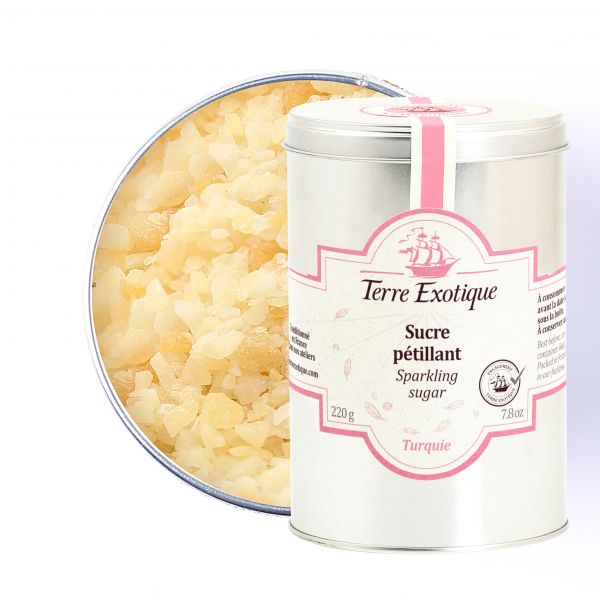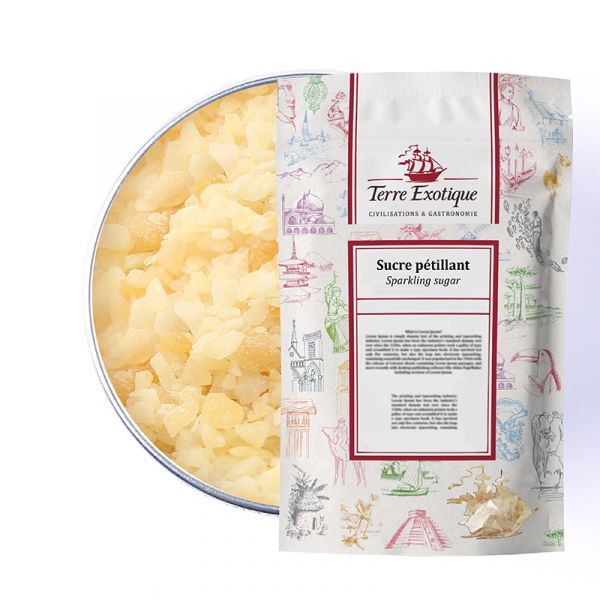



How to Use Popping Sugar in Your Cooking?
Kids love this sugar that crackles on the tongue. Simply sprinkle it on yogurt, pancakes, fruit tarts, milkshakes, smoothies, homemade cocktails, or even on a chocolate fondant. For the most indulgent, don't hesitate to enjoy it directly with a small spoon!
Some Recipe Ideas for Cooking with Popping Sugar
- - Cupcake Glaze: Sprinkle popping sugar on the frosting or cream of your cupcakes for a presentation as beautiful as it is delicious;
- - Popping Lollipops: Make popping lollipops by hardening melted chocolate on sticks and incorporating popping sugar into it;
- - Popping Pralines: In your praline recipe, add popping sugar on top;
- - Surprise Macarons: Follow your macaron recipe, then add popping sugar to the center;
Always a Surprising Effect
On the surface, it has the characteristic sweetness of sugar, but as soon as it comes into contact with saliva, it releases bursts of fizz and a slight tingling sensation on the tongue. This effervescent reaction creates a playful and surprising texture that delights the taste buds.
A Popping Experience
It was in 1956 that William A. Mitchell, a chemist at General Foods, began experiments to create powdered soft drinks. However, instead, he accidentally discovered popping sugar, a find that quickly became a source of pleasure! Popping sugar is sugar in which Carbon Dioxide (CO2) has been trapped through a process involving cooking, cooling, and pressurization. Upon contact with saliva, the gas contained in the sugar is released to make way for the crackling.
| Allergen | Lait / Milk |
|---|---|
| Native country | TURQUIE |
| Ingredients | sugar, glucose syrup, carbon dioxide (E290), LACTOSE, water |
| Nutritional Info | VN Energie pour 100 g (energy for 100g) : 1636 kJ / 394 kcal VN Matière grasse (fat) : 0 g Dont acide gras saturés (of which saturated fat) : 0 g VN Glucides (carbohydrate) : 97.6 g Dont sucres (of which sugars) : 82 g VN Protéines (protein) : 0.2 g Vn Sel (salt) : 0 g |
| TRACES EVENTUELLES D'ALLERGÈNES | céleri, sésame, moutarde, fruits à coques. |
 Français
Français 